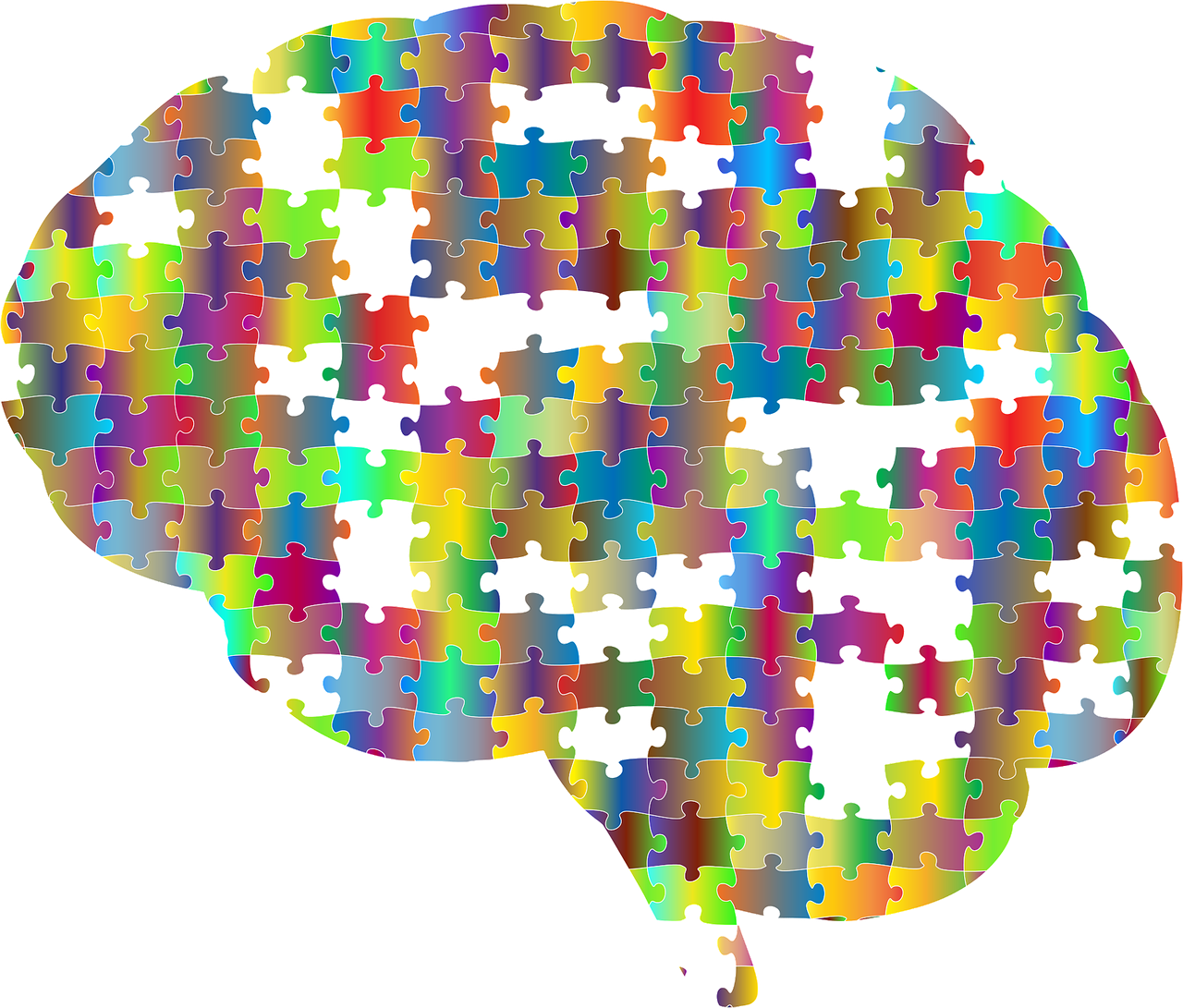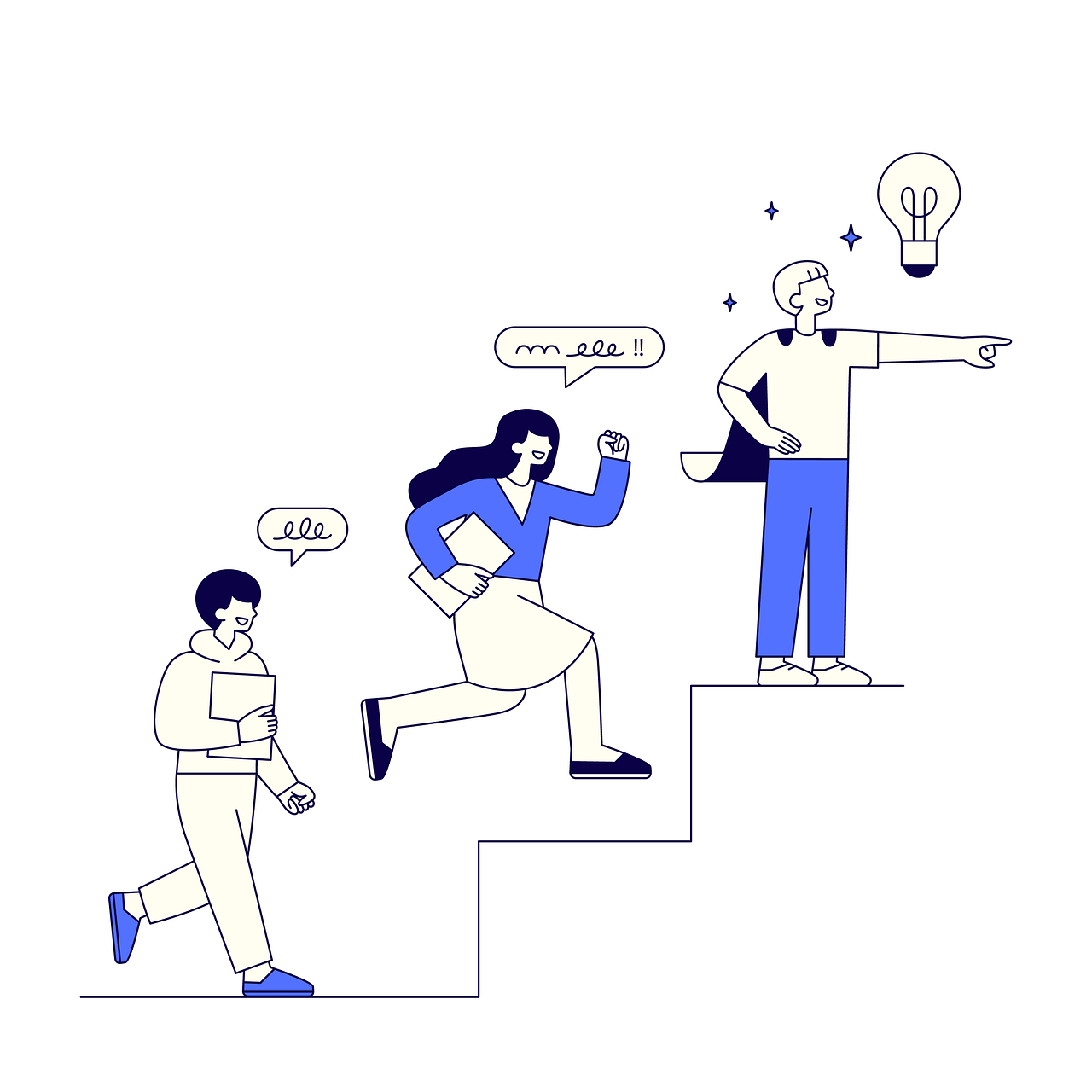Symbiotic Intelligence
A framework for high-value human-AI collaboration, transforming potential into progress
The Symbiotic Intelligence Framework
Understanding the unique strengths of human and machine intelligence, and how they can be combined for optimal outcomes.
Human Intelligence
Humans excel at context, ethical judgment, and creativity. Our deep wisdom and intuition provide the foundation for meaningful innovation and decision-making.
Machine Intelligence
AI systems process vast amounts of data at unprecedented speed, detecting patterns and generating insights that would be impossible for humans alone.
Symbiotic Intelligence
When human and machine intelligences work together in harmony, we create a powerful synergy that drives innovation, enhances decision-making, and builds resilience.
A New Paradigm
Symbiotic Intelligence represents a fundamental shift in how we conceptualize the relationship between human cognition and artificial intelligence. Unlike traditional models that position AI as either a tool or a potential replacement for human workers, the symbiotic framework envisions a dynamic partnership where the unique strengths of both intelligences are amplified through intentional collaboration.
This framework acknowledges that humans and machines process information and solve problems in fundamentally different ways. Human intelligence is characterized by contextual understanding, ethical judgment, creative leaps, and intuitive reasoning. Machine intelligence excels at pattern recognition, data processing at scale, consistent application of rules, and tireless execution. When these complementary capabilities are brought together through thoughtfully designed systems and processes, the result is greater than the sum of its parts.
Provocative Concepts in Symbiotic Intelligence
The End of Cognitive Hierarchy
Traditional organizational structures assume a hierarchy of cognitive capability, with strategic thinking at the top and execution at the bottom. Symbiotic Intelligence disrupts this model by distributing cognitive tasks based on comparative advantage rather than position. This leads to flatter organizations where leadership focuses on orchestrating intelligence rather than monopolizing decision-making.
Cognitive Specialization
As AI systems take on more routine cognitive tasks, humans will increasingly specialize in areas where they maintain comparative advantage: ethical reasoning, novel problem framing, creative synthesis, and emotional intelligence. This represents not a narrowing but a deepening of human contribution, focusing on uniquely human capabilities.
The Paradox of Autonomy
Counter-intuitively, the most effective Symbiotic Intelligence systems often involve reducing autonomy for both humans and AI. By creating more interdependent systems with clear handoffs and feedback loops, overall system performance improves even as individual components have less freedom to operate independently.
Intelligence as a Network Property
In Symbiotic Intelligence, the most important insights and capabilities emerge not from individual humans or AI systems, but from the network of connections between them. This shifts focus from developing either human talent or AI capabilities in isolation to designing the interactions and information flows between them.
Beyond the Turing Test
Rather than measuring AI success by how well machines can imitate humans, Symbiotic Intelligence proposes new metrics based on how effectively humans and AI can collaborate. The question becomes not "Can machines think like humans?" but "Can humans and machines think better together than either could alone?"
A dynamic relationship between human intuition and AI's analytical power is key to the future of work.
Core Principles
Complementary Strengths
Symbiotic Intelligence leverages the unique capabilities of both humans and machines, assigning tasks based on comparative advantage rather than tradition or convenience.
Intentional Interaction Design
The interfaces and processes that connect human and machine intelligence are as important as the capabilities of either component alone.
Continuous Co-evolution
Both human skills and AI capabilities should evolve in response to each other, creating an upward spiral of improvement.
Ethical Governance
Human values and ethical considerations must guide the development and application of Symbiotic Intelligence systems.
Applications
Symbiotic Intelligence can transform how we approach complex challenges across domains:
Healthcare
Combining physician expertise with AI diagnostic capabilities to improve patient outcomes while reducing burnout.
Scientific Research
Accelerating discovery by using AI to generate hypotheses and analyze data while humans provide creative insights and experimental design.
Creative Industries
Enhancing human creativity with AI-generated variations and technical execution, allowing artists to focus on vision and emotional impact.
Knowledge Work
Transforming professional services by automating routine analysis while elevating human contribution to strategy and relationship management.
Latest Insights
Explore our latest thinking on Symbiotic Intelligence and its applications across industries.

Measuring Symbiotic Intelligence Success
April 15, 2025
New metrics for evaluating the effectiveness of human-AI collaboration beyond traditional performance indicators.
Read More
The Psychological Barriers to AI Adoption
April 8, 2025
Understanding and addressing the psychological resistance of seasoned employees to AI integration.
Read More
New Leadership Roles for Symbiotic Intelligence
April 19, 2025
To orchestrate symbiotic intelligence effectively, organizations need new leadership roles dedicated to AI-human collaboration.
Read MoreGet in Touch
About Michael Whitaker

Michael Whitaker
Thought leader in Symbiotic Intelligence and the future of human-AI collaboration.
Michael is available for speaking engagements, workshops, and consulting on implementing Symbiotic Intelligence frameworks in organizations.